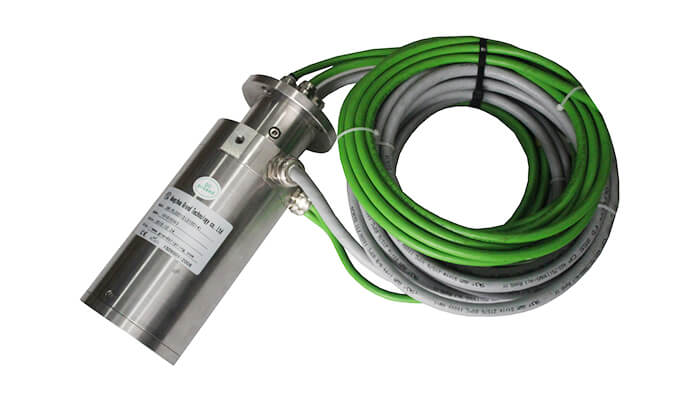When it comes to heating equipment, ensuring reliable and efficient power transmission is of utmost importance. In the quest for seamless power delivery to heating elements, a crucial but often overlooked component plays a significant role: the heating equipment slip ring. This inconspicuous device is the backbone of power transmission in various heating applications, enabling smooth operation and precise control. In this article, we delve into the world of heating equipment slip rings, shedding light on their functions, applications, and the impact they have on the heating industry.
Unlocking the Power of Heating Equipment Slip Rings
The heating equipment slip ring is a specialized component designed to transmit electrical power and signals in heating systems. It is an essential interface between stationary and rotating elements, enabling the transfer of power to heating elements while accommodating the rotational movement of the equipment.
Functions and Working Principle
The primary function of a heating equipment slip ring is to deliver electrical power to heating elements in a controlled and efficient manner. These slip rings are responsible for transferring high currents to the heating elements, allowing them to reach the desired temperature for heating applications.
The slip ring achieves this through a combination of electrical contacts and brushes. As the equipment rotates, the brushes maintain contact with the slip ring’s conductive segments, ensuring a continuous flow of electrical power. The slip ring’s design and materials are optimized for efficient power transmission, minimizing electrical resistance and heat generation.
Applications in Heating Industry
Heating equipment slip rings find widespread use in various heating applications across multiple industries. Let’s explore some key sectors where these slip rings are critical:
Industrial Heating Systems: Industrial heating systems, such as heat treatment furnaces, industrial ovens, and kilns, rely on slip rings for power transmission to heating elements. These slip rings provide a reliable and uninterrupted power supply, ensuring precise control over temperature and thermal processes in industrial settings.

Packaging Machinery: In the packaging industry, heating equipment slip rings are essential in machines that employ heat sealing or heat shrinking techniques. Slip rings enable the transmission of electrical power to the heating elements responsible for sealing or shrinking packaging materials, ensuring efficient and consistent results.
Food Processing Equipment: Heating equipment slip rings are integral to various food processing equipment, including commercial ovens, grills, toasters, and deep fryers. These slip rings facilitate the precise control of heating elements, ensuring accurate temperature regulation and even cooking or baking.
Medical and Laboratory Equipment: Heating applications are prevalent in medical and laboratory settings, where precise temperature control is critical. Heating equipment slip rings play a vital role in devices such as incubators, sterilizers, and laboratory ovens, providing reliable power transmission to maintain optimal operating conditions.
Advancements and Innovations
As technology continues to evolve, heating equipment slip rings are also undergoing advancements to meet the ever-growing demands of the industry. Some notable developments include:
Enhanced Thermal Management: Heating equipment slip rings are subject to high temperatures, which can affect their performance and longevity. To address this challenge, slip ring manufacturers are incorporating advanced thermal management techniques, such as heat sinks and ventilation systems, to dissipate heat effectively and maintain optimal operating temperatures.
High-Frequency Power Transmission: In certain heating applications, such as induction heating systems, high-frequency power transmission is required for efficient heating. Slip ring designers are working on solutions that can handle high-frequency signals while maintaining electrical integrity, allowing for precise control over the heating process.
Integration of Smart Technologies: The integration of smart technologies, such as digital communication protocols and remote monitoring capabilities, is revolutionizing heating equipment. Slip rings are being equipped with sensors and connectivity options, allowing for real-time monitoring, data collection, and predictive maintenance, leading to increased efficiency and reduced downtime.
The heating equipment slip ring may be a hidden hero in the heating industry, but its role in ensuring reliable and efficient power transmission should not be underestimated. From industrial heating systems to food processing equipment and medical devices, these slip rings play a critical role in enabling precise temperature control and optimal heating performance. As technology advances, we can expect further innovations in heating equipment slip ring design, incorporating thermal management solutions, high-frequency power transmission capabilities, and smart technologies, ultimately transforming the heating industry and enhancing the efficiency and control of heating processes.
Have specific Heating Equipment Slip Ring requirements? Let us know through this form.


